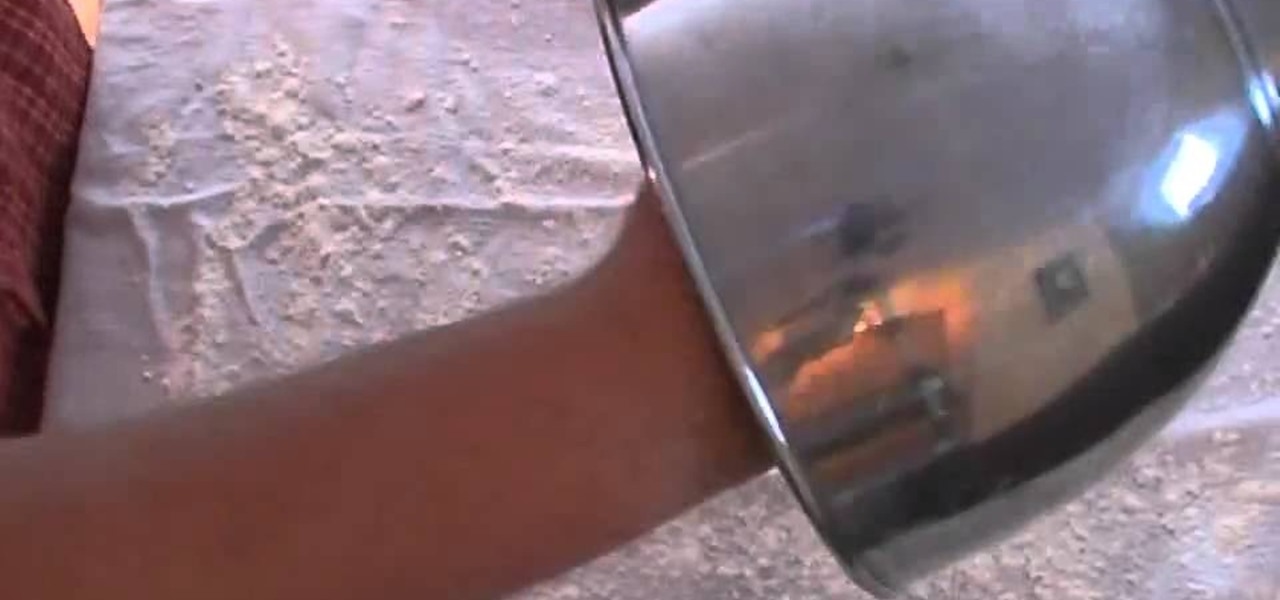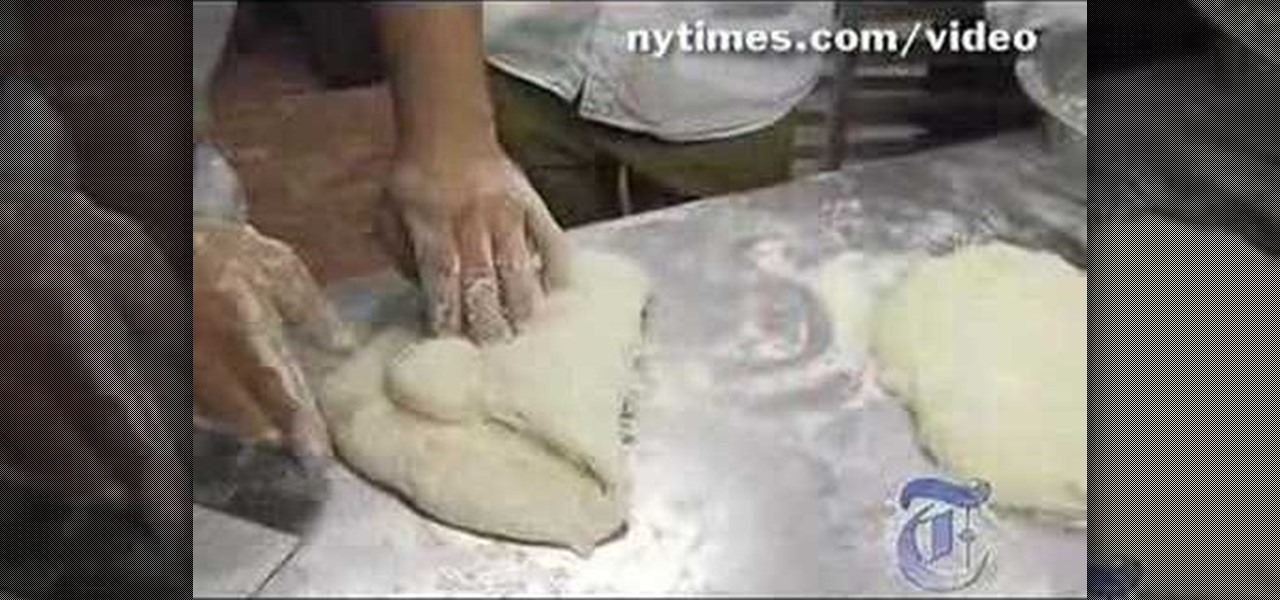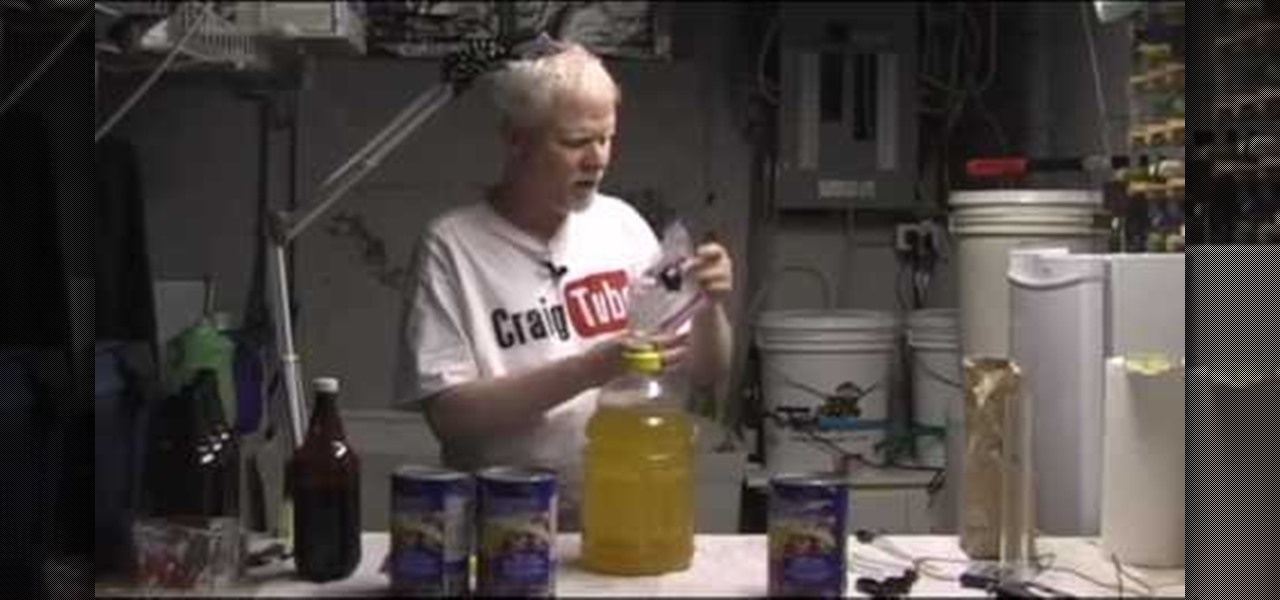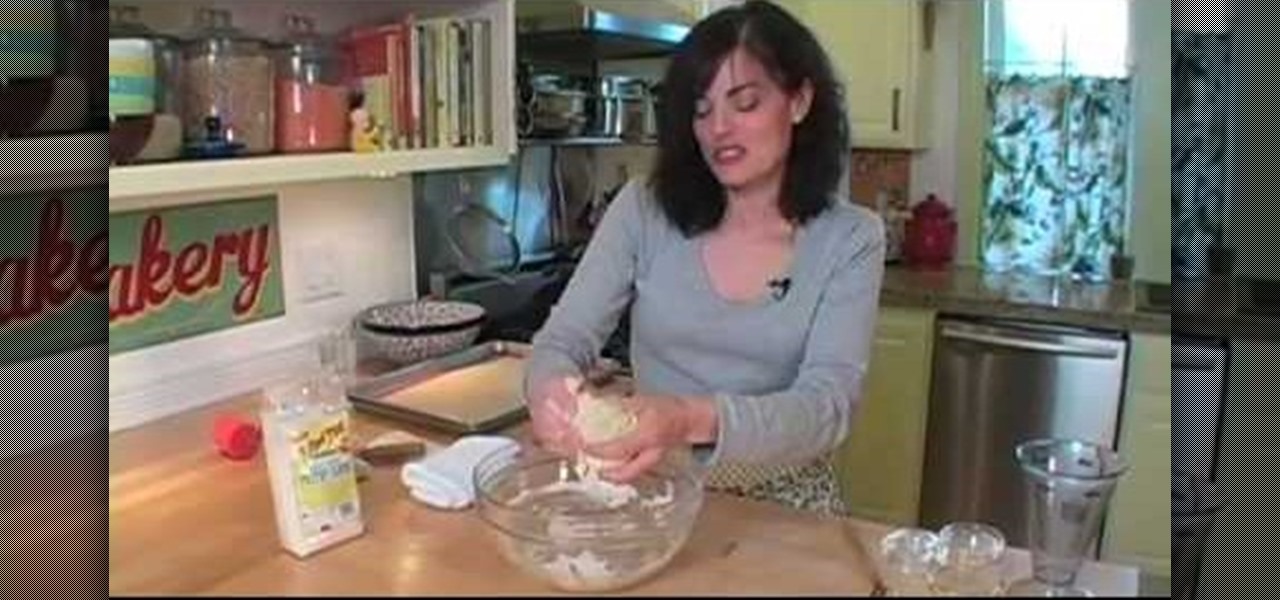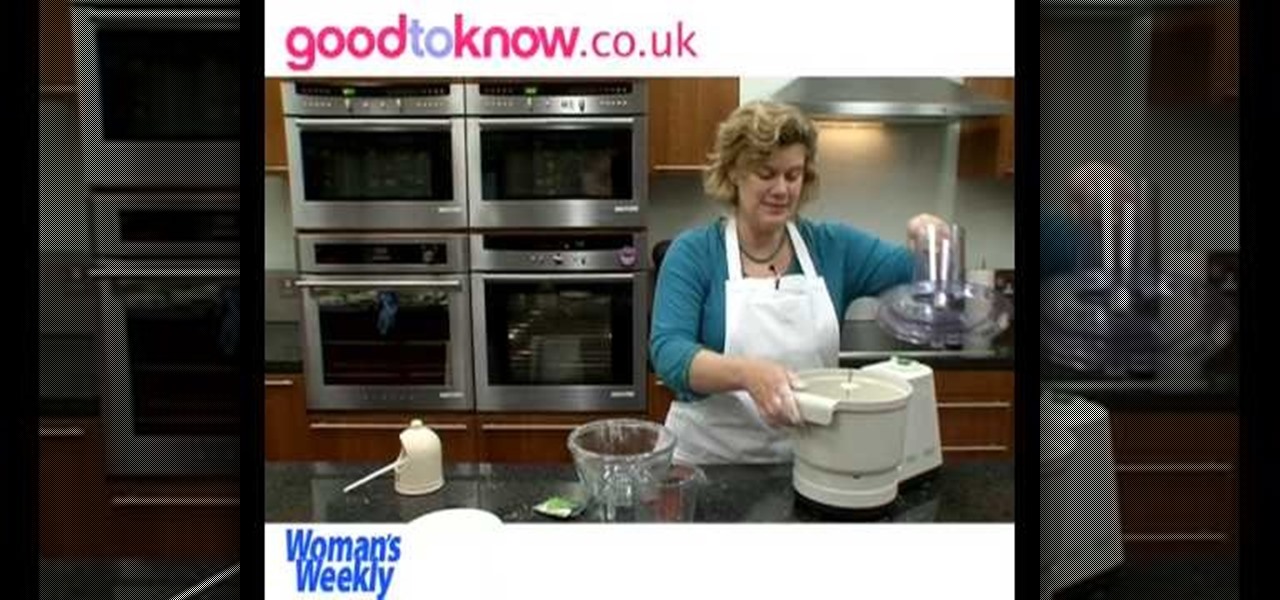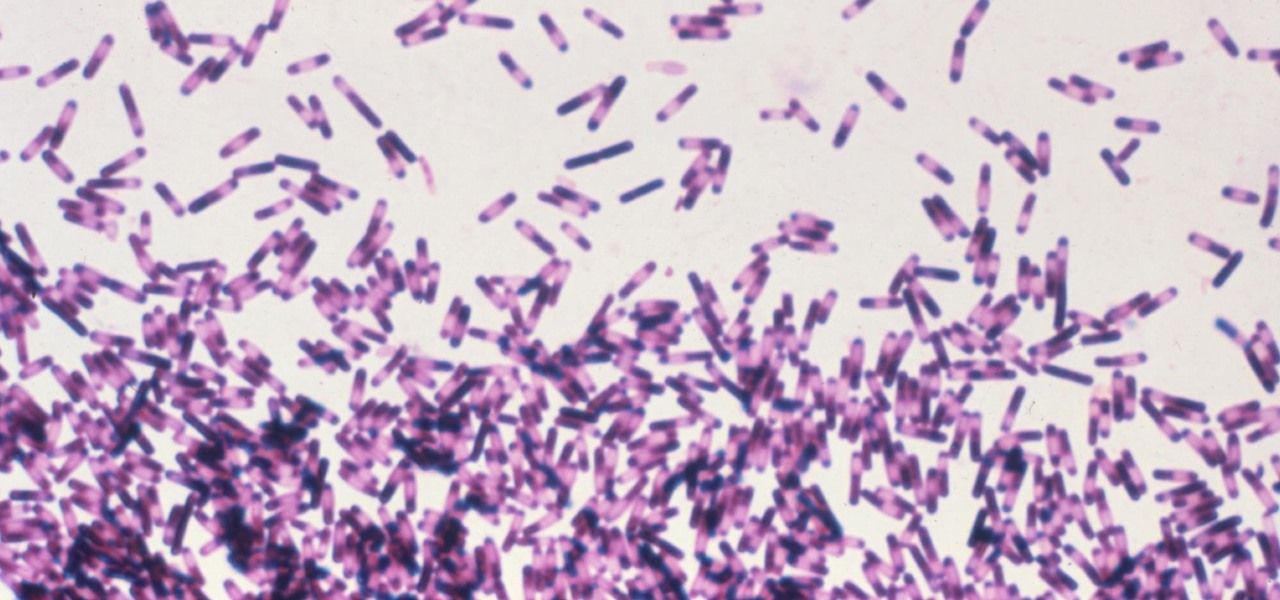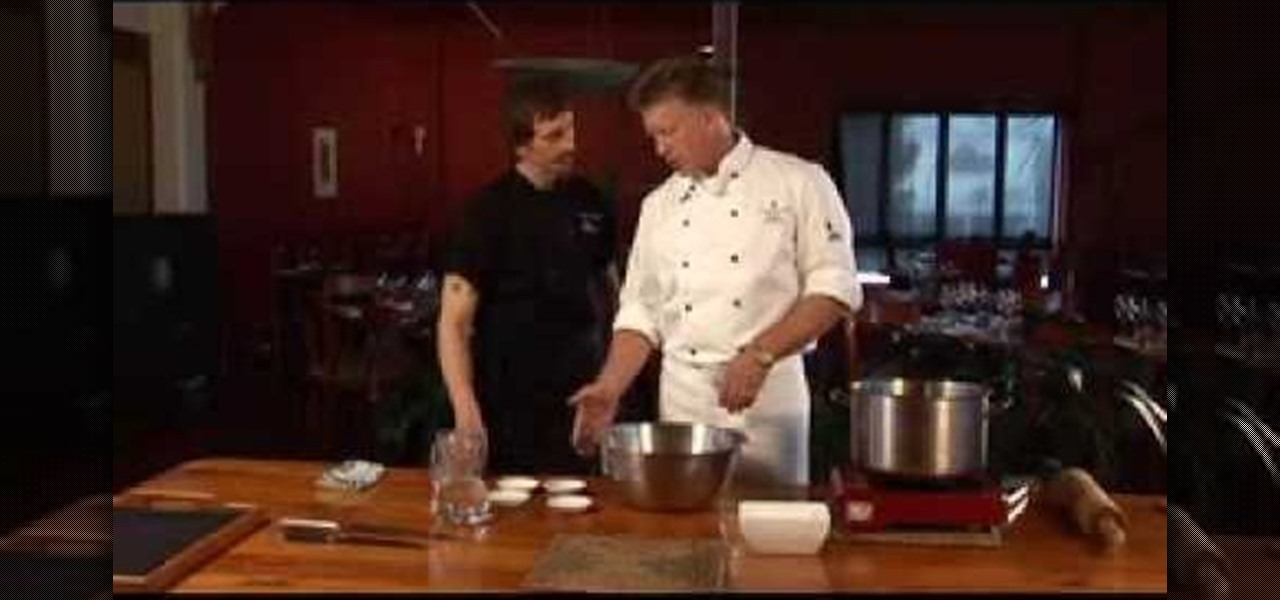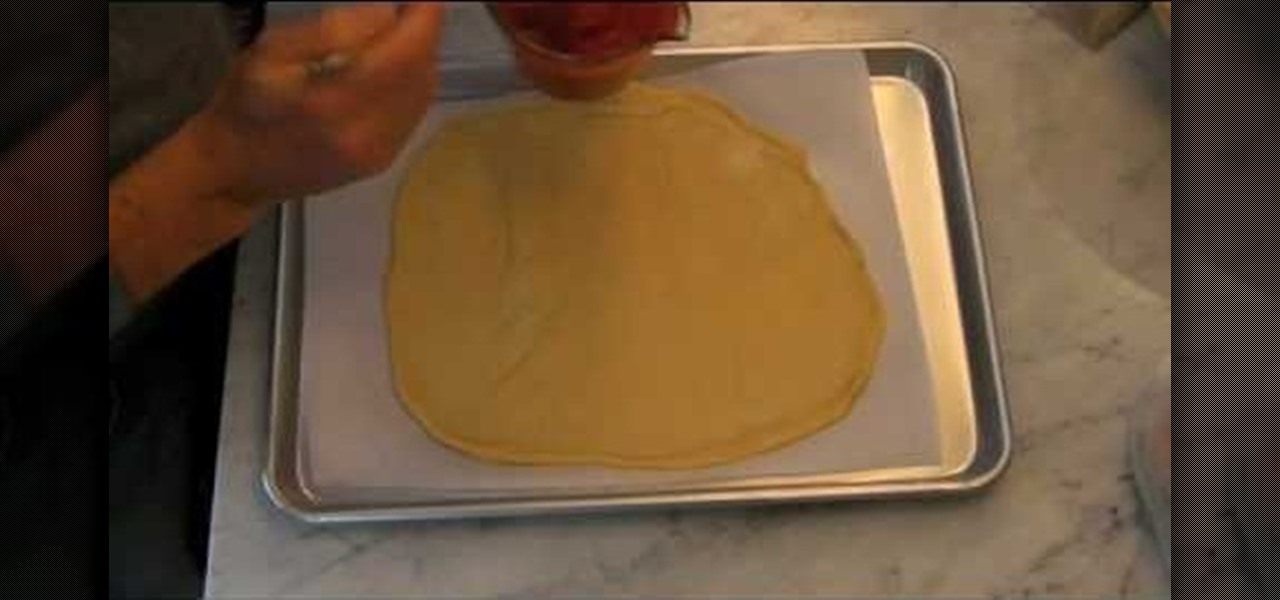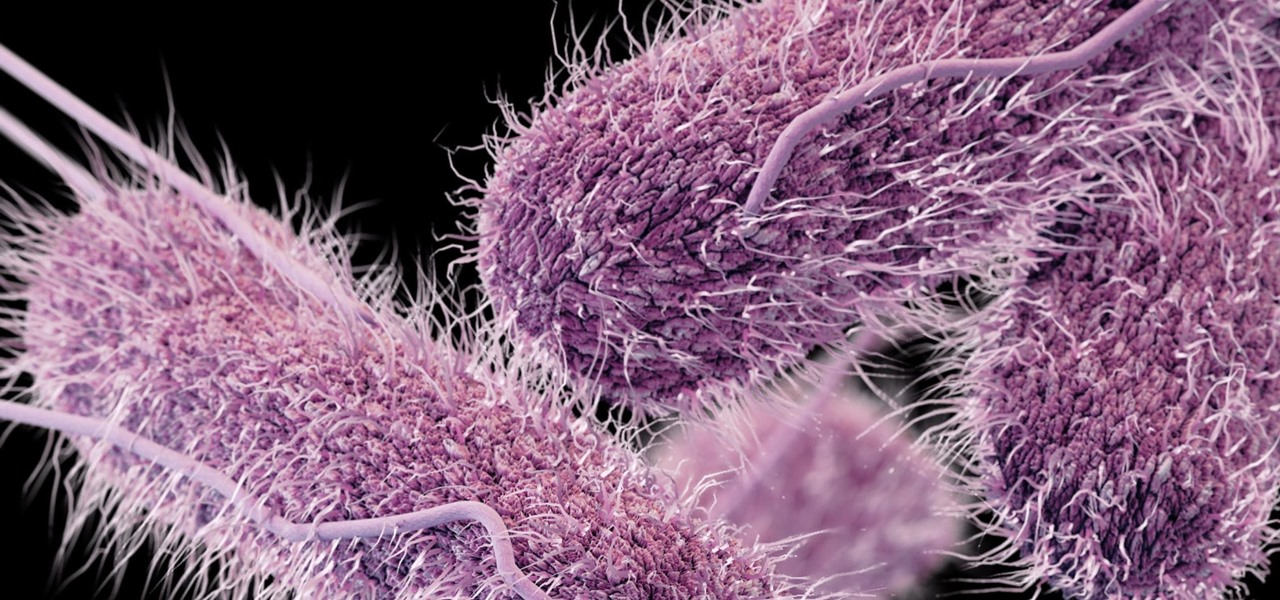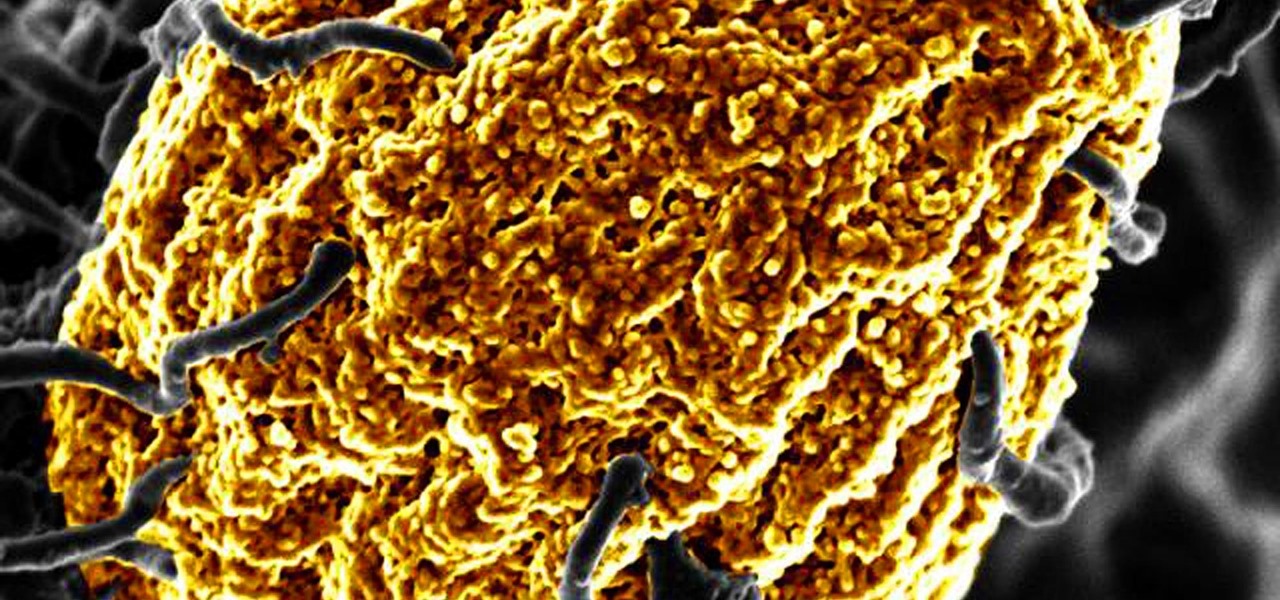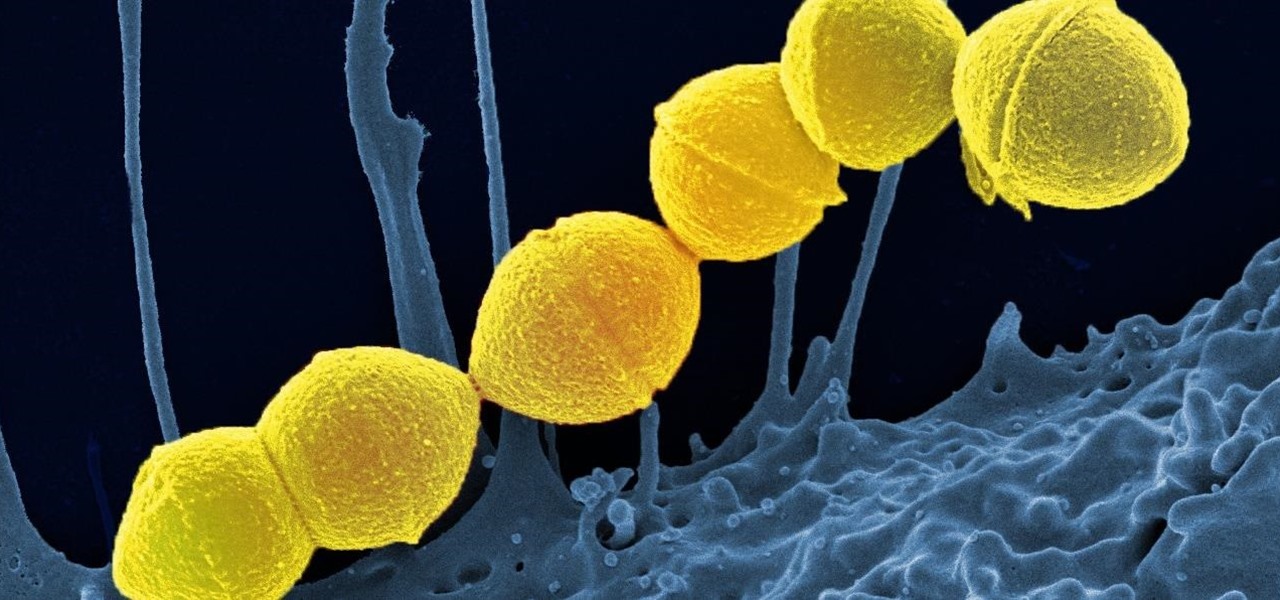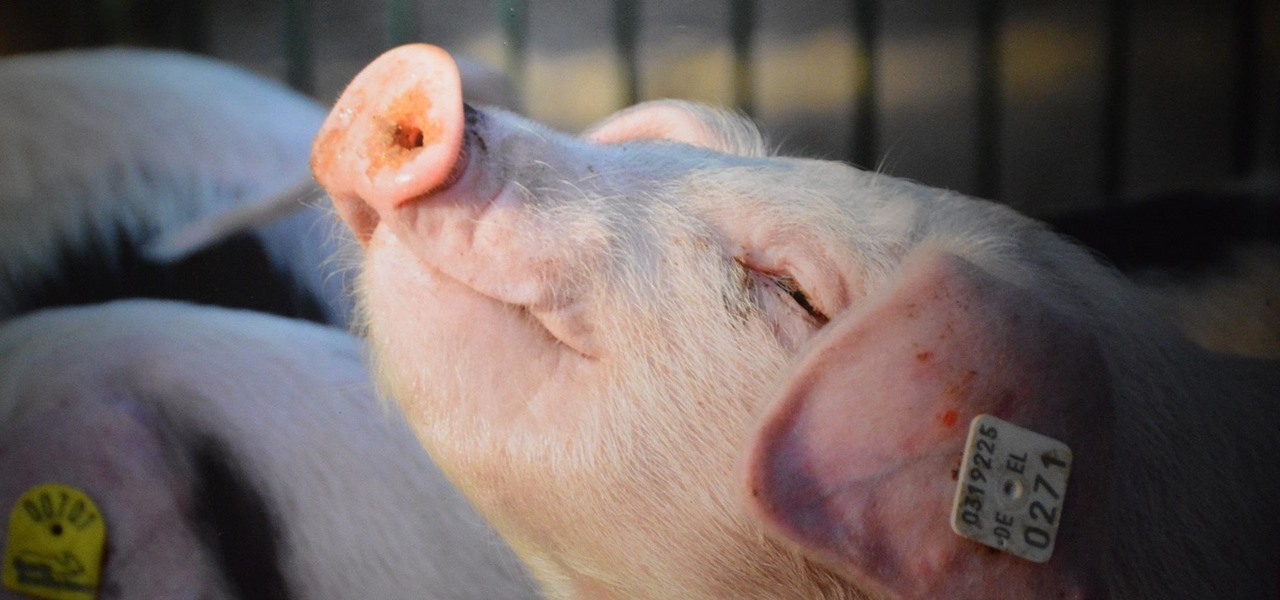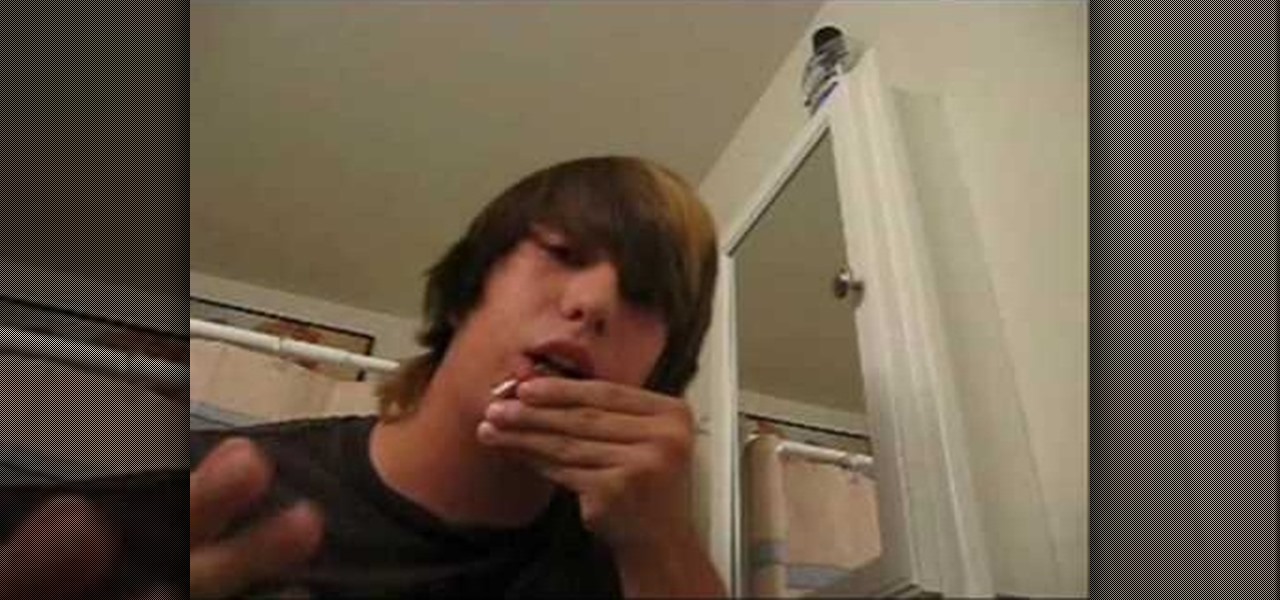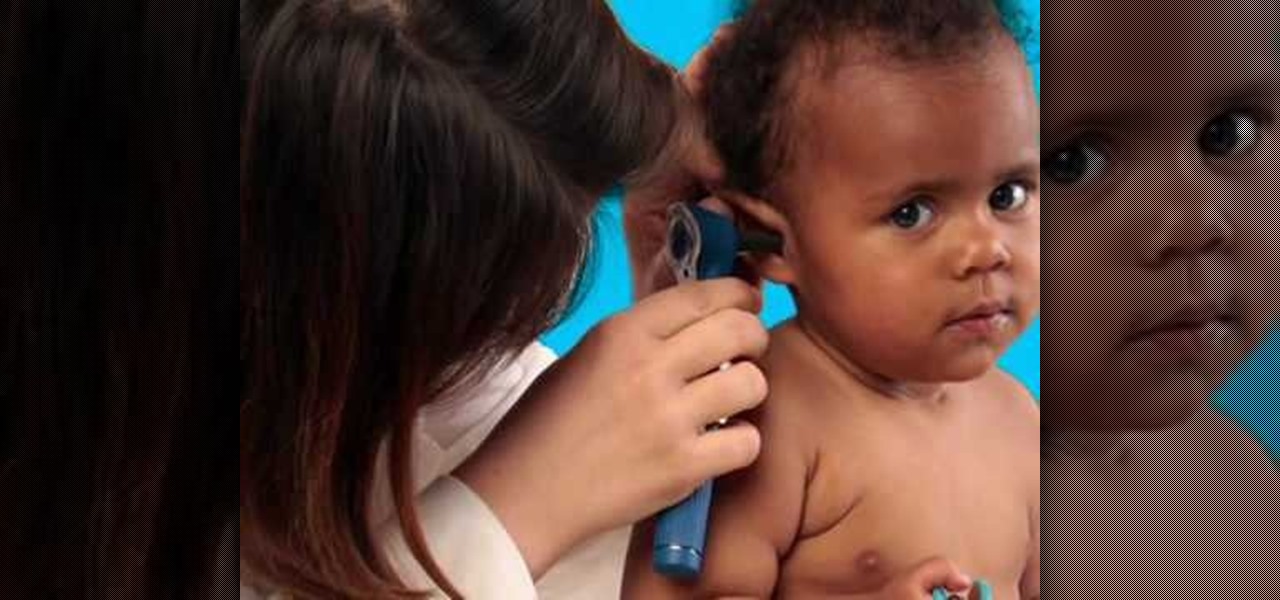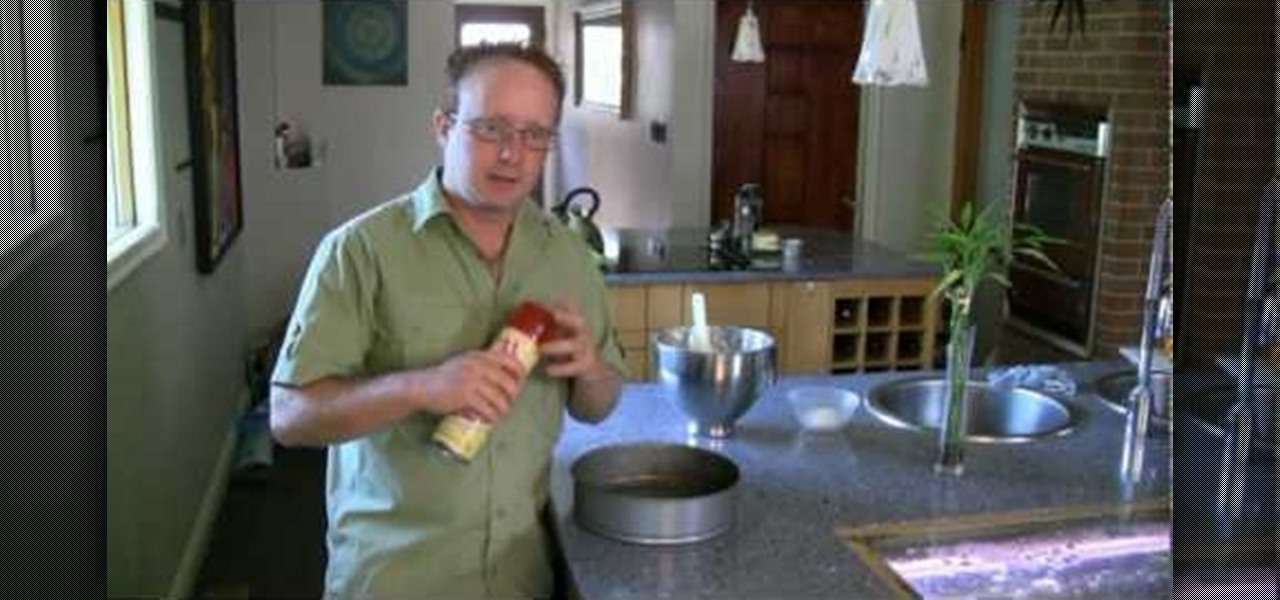
Betty Crocker will always have a fond place in our hearts, but every now and then we find it fun - and okay, maybe a little ego boosting - to bake a cake all our own from scratch (gasp!). While the concept is unheard of amongst busy adults and college students, baking using only what you have at home (and not something premixed) is well worth the effort.
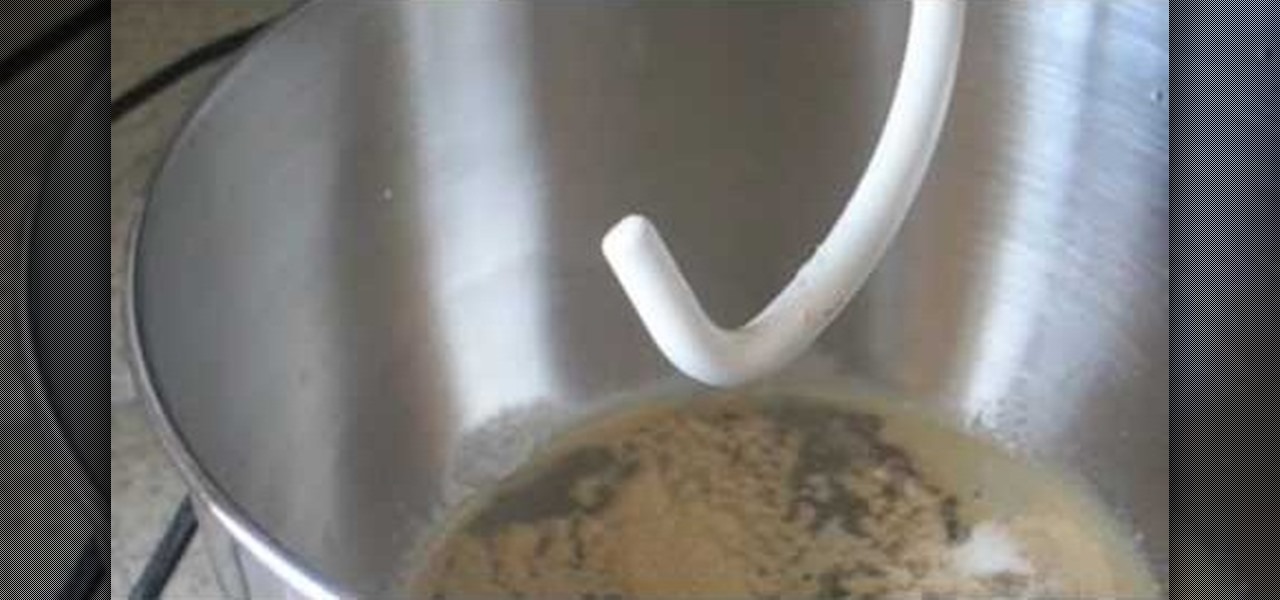
French bread was originally a peasant bread and consists mainly of salt, water, sugar, yeast and flour. Why pay for this bread at an overpriced supermarket when you can make it at home? This bakery style bread is easy to prepare and you get the added perk of your home smelling delicious. Grab your ingredients and get started!
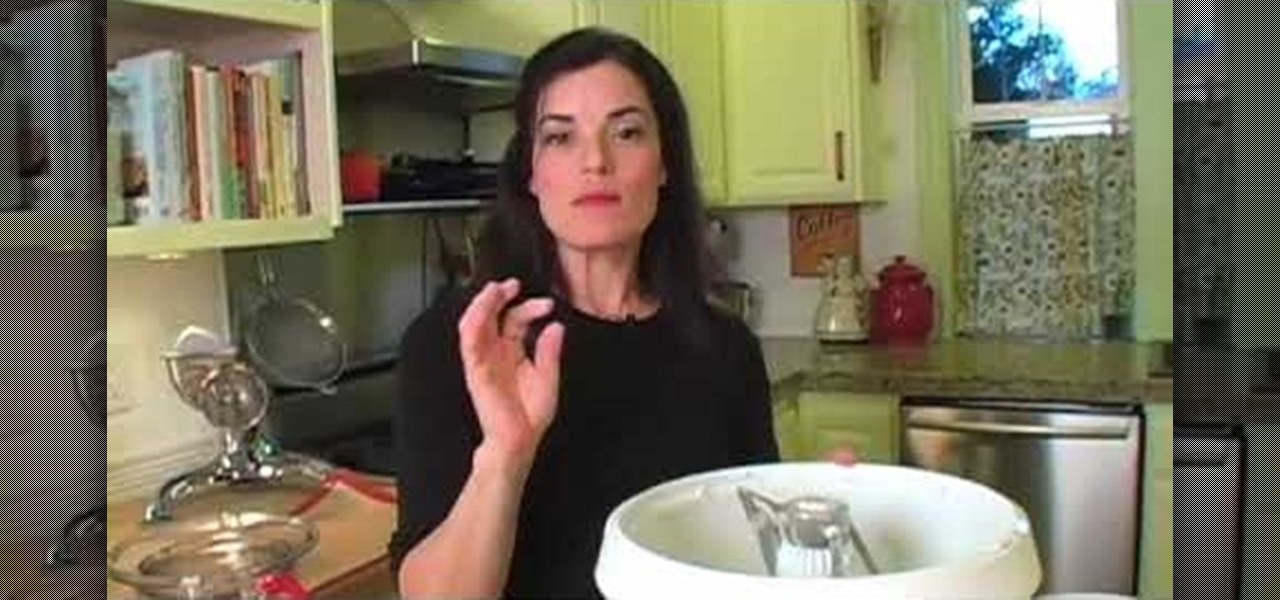
Chef Julie Hasson teaches the secrets of baking biscuits easily and quickly. An excellent summary is given below. First add unbleached flour with some sugar, salt, yeast, baking soda and powder in a mixer and mix it well. Now take some warm soya malt and add some apple cider to it. After sometime pour it into the mixer and mix it to make the dough. Now place the dough on a silicon mat and roll it well with a roller. Use a biscuit cutter to cut the dough and place it in a tray. Apply some soya...
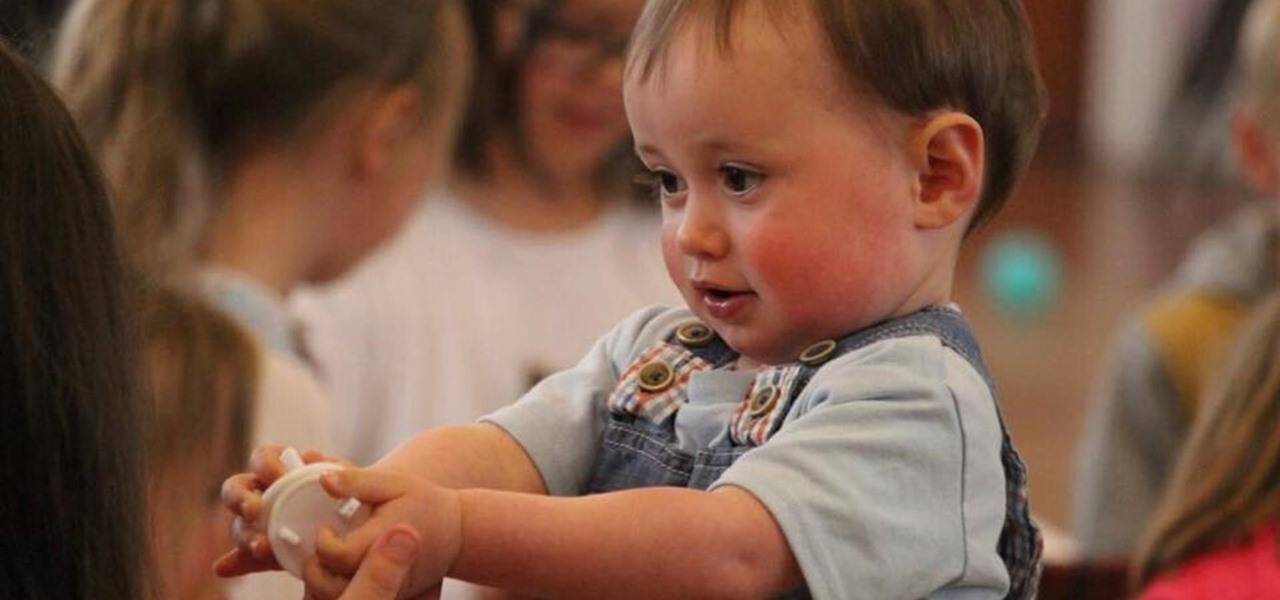
More prescriptions for antibiotics are written for ear infections than any other type of infection. A new study comparing the incidence and causes of ear infections in children between the ages of six months and three years found that the incidence of ear infections over the last decade has dropped significantly since the 1980s.

For once there is good news — surprising news, but good news — in the fight against antibiotic-resistant organisms. A recent study found that Staphylococcus aureus bacteria is becoming more sensitive to some key drugs used to treat it.
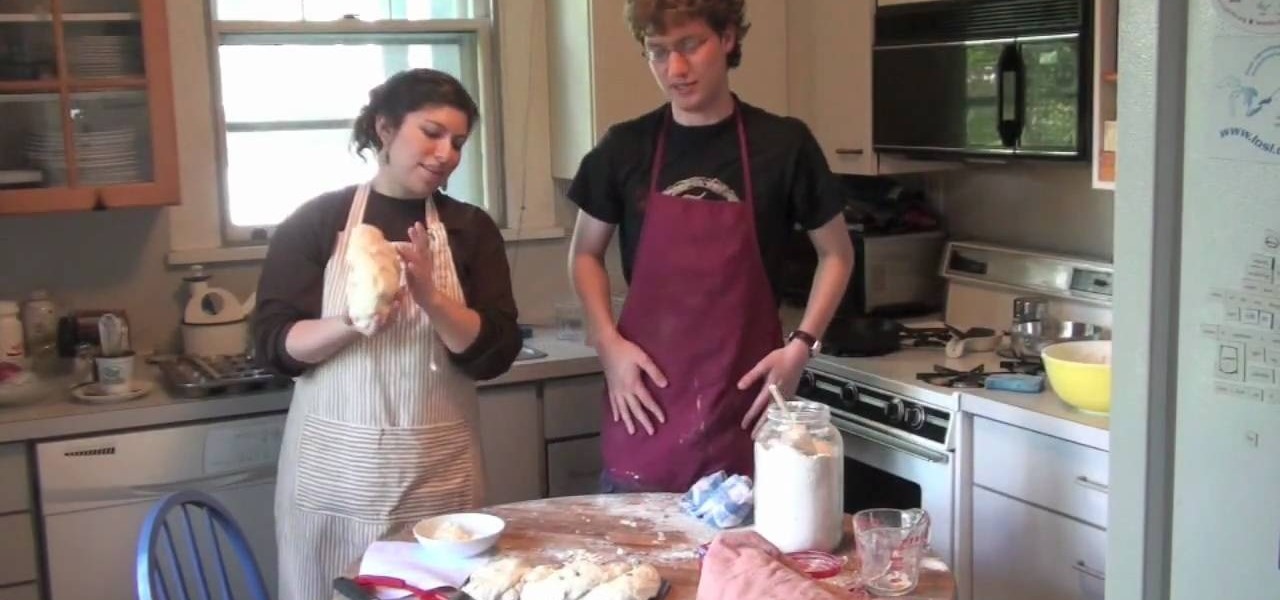
Nothing is quite so tasty as home-baked bread! It's not even as difficult as you might think. All you need is some flour, water, salt, a little bit of sugar and some active dry yeast (which you can find in most grocery stores).

Love the taste of crusty, old-world style bread? Well, you don't have to get it from an exquisite bakery anymore! You can make it right in your own kitchen. Watch this video recipe to learn how to make this delicious Hungarian potato bread, an old-world classic.

In this tutorial, we learn how to make no knead bread with Mark Bittman. To start, combine 3 c flour, 1/4 tsp instant yeast, 1 1/4 tsp of salt with 1 1/2 c warm water. Mix this together until you have a dough. don't knead the dough, just cover it and let it sit for twelve hours. When the dough has sat for 12 hours, pat it and then fold it over. Then, put the seam side down into wheat flour and then cover with a towel and push it down, then place into a cast iron pot with a cover, and then coo...

The best wines will set you back almost as much as a pair of Blahniks on sale, so why not cut expenses and just make your own wine? Watch this beer brewing tutorial to see how to brew hard apple cider which has a wine-like taste.

Methicillin-resistant Staphylococcus aureus, otherwise known as MRSA, is a bacterial staph

Dissolve yeast and 1 1/2 teaspoonful of white sugar in lukewarm water. Mix until bubbly then set aside.

Julie Hasson of Everyday Dish TV teaches how to make rosemary garlic crackers. Ingredients: 1 cup all-purpose flour, 1 cup white whole wheat or whole wheat pastry flour, 2 tbsp nutritional yeast, 1 tsp baking powder, 2 tsp dried rosemary, 1 tsp granulated garlic, 3/4 tsp fine sea salt, 1/4 tsp ground pepper, optional (but good!), 1/2 cup water, 3 tbsp extra virgin olive oil, coarse sea salt crystals, optional. Put all the ingredients in a bowl. Mix. Knead the dough using both hands. Put it on...

In this episode of Panlasang Pinoy, you can learn how to make steamed lapu-lapu, a healthy seafood dish that can be served as a main entry. The ingredients are simple: cilantro, lemon, lemon juice, ginger, sugar, lemon yeast, and your lapu-lapu (also known as the grouper fish). This video shows you how to stuff the fish with the lemon and other seasonings, followed by steaming to cook the fish. If you are looking for a healthy dish that incorporates seafood, follow these steps to make steamed...

Sue McMahon, a food editor for Woman's Weekly, shows how to make a cottage loaf in this two-part video. To make this bread loaf you will need flour, salt, butter, fast action dried yeast, warm water, and one egg. Make this delicious bread loaf the next time you have company for a conversation starter!

Despite longer live spans, almost half a million people die of healthcare-associated infections (HAIs) each year, many of them preventable.

Having a Clostridium difficile infection means stomach pains, diarrhea, fever, and loss of appetite, and if the symptoms weren't bad enough, the disease often reoccurs. Now, new research has found an increased risk of recurrence in people who take medication to treat their stomach acid, gastroesophageal reflux disease, peptic ulcer disease, or stomach discomfort.

In this tutorial, we learn how to make Maori fried bread. First, pour in some flour with lemon flavored kelp that has been crushed into a small consistency. Then, mix in some salt and baking soda. Then, add in the yeast and pour in some warm water. Knead this inside the bowl, then put aside and let sit for 30 minutes. When it's finished sitting, heat up canola oil in a large pan and cut the bread up into small pieces. Gently put the bread in the oil and let it fry until it's golden brown. Whe...

In this tutorial, we learn how to bake homemade white bread. To make this you will need: bread flour, garlic powder, an egg, butter, 3/4 c warm milk, 1/4 c sugar, 1 tsp sea salt, and 1.5 tsp dry yeast. Measure out all of the ingredients, then add them into the bread maker tray. Start with the wet ingredients, then add in the dry. After this, turn the machine on and set it to making white bread. Don't mix it, the machine will do this for you. After you set this, it will start to make itself an...

In this tutorial, we learn how to bake no knead bread. First, add in 3 c of flour to a large mixing bowl. Next, add in 1/4 tsp of active or instant yeast and 1 tbsp of salt. Next, add in 1.5 c of warm water and mix all ingredients together. Now, cover this with plastic wrap and let it sit overnight on the counter. Now, place the dough onto a counter with flour, then pat it down and fold it on both sides. Then, flip it over and you will have a nice ball of dough. Now, take a cotton towel and d...

make delicious naan bread in the comfort of your own home with help from this three-part cooking tutorial. For written instructions on how to make these wonderful treat, go here. Ingredients you will need:

Legend has it that King Ferdinand I once disguised himself as a commoner in order to sneak into a poor neighborhood and eat pizza, a food then banned from the royal court. This video tutorial shows you how to make your own tasty pizza pie from scratch, without having to resort to clandestine behavior. Mix your dough and add the basic cheese and sauce, then toss on your favorite toppings.

Almost everyone loves pizza! Instead of calling out for delivery, why not learn to make it yourself at home? In this two-part cooking tutorial, learn how to make pizza, include the pizza dough and sauce. Ingredients and oven instructions are listed below.

Sweet breads are served with coffee in Finland. This how to video shows you how to make Finnish pulla bread. Watch how easy it is mix and prepare the dough for baking. Once you make pulla coffee bread, you wont stop making them.

More and more, young athletes are developing staph infections. It's a serious topic and every coach or parent should know the basics of staph infections and preventative methods to make sure young athletes stay safe and healthy. Staph infection is MRSA — Methicillin-resistant Staphylococcus aureus. It's a staph bacteria that, overtime, has developed resistance to antibiotics like penicillins (methicillin, dicloxacillin, nafcillin, oxacillin) and cephalosporins. Learn more about staph infectio...

This daring docu-drama explores the esoteric underground of hard-cider brewing. This fast paced thriller is sure to captivate the mind, and leave you on the edge of your seat. OK, it's just a video shot with a 3mp Cannon digital camera on video mode and edited with some lousy free software. There are two different methods used to make this hard cider. 5 gallons of fresh cider with a starting specific gravity of 12 were pitched with White Labs liquid English Cider Yeast. This should yield arou...

Staphylococcus aureus is a widespread bacteria — about a third of us have it on our body right now — usually in our nose or on our skin. And it probably isn't causing an infection. But, about 1% of people who have Staphylococcus aureus present have a type that is resistant to the antibiotic methicillin.

Antibiotic-resistant infections that usually occur only in hospital settings are spreading in communities, increasing hospital stays—and danger—for young children.

This video illustrate us how to deal with broken tree branches and problems with grapes. Here are the following steps:Step 1: First of all clean the broken branch with water.Step 2; Now apply some tree primer or tree paint on the exposed area for quick healing and to prevent any infection.Step 3: To deal with problems in grapes first of all look for any infection on the leaf, stalk or the fruit.Step 4: If in case there is some infection ,identify the problem and sprinkle the pesticide for tha...

In this how to video, you will learn how to make a croissant. You will need 130 grams of sugar, 100 grams of butter, 250 grams of butter, 200 grams of flour, 500 grams of milk, 20 grams of salt, 3 eggs, 1 kilogram of plain flour, 50 grams of yeast, and 1 vanilla pod. First, melt 100 grams of butter for about 15 seconds in the microwave. Add the melted butter into the mixer. Add the 3 eggs, sugar, vanilla, and salt. Mix everything together. Next, add the yeast and then continue to mix. Add mil...

How to make warm, fresh homemade bread

Whether or not a microbe is successful at establishing an infection depends both on the microbe and the host. Scientists from Duke found that a single DNA change can allow Salmonella typhi, the bacteria that causes typhoid fever, to invade cells. That single genetic variation increased the amount of cholesterol on cell membranes that Salmonella and other bacteria use as a docking station to attach to a cell to invade it. They also found that common cholesterol-lowering drugs protected zebrafi...

Infections with group A streptococcus, like Streptococcus pyogenes, claim over a half million lives a year globally, with about 163,000 due to invasive strep infections, like flesh-eating necrotizing fasciitis and streptococcal toxic shock syndrome.

What would it be like to have clothing that killed microbes? Or paper that repelled pathogens? A research team from Rutgers University has developed a prototype out of metalized paper to zap the bad guys without being super expensive. Sound good? Read on.

Wound infections don't usually enter the blood and become systemic, spreading the infection throughout our bodies, and there's a good reason for that: Our bodies actively work to prevent it, according to research that discovered a new use for a protein first discovered decades ago.

It's not the bacteria itself that takes lives and limbs during invasive flesh-eating bacteria infections. It's the toxins secreted by the group A Streptococcus bacteria invading the body that causes the most damage.

The culprit probably wasn't what doctors were expecting when a 57-year-old man in Hong Kong came to the hospital. The patient was admitted to the intensive care unit in critical condition. A clue to the cause of the infection would lie in the man's profession—he was a butcher.

Antibiotic use in infants has been associated with a host of childhood conditions later in life. Yet when an infection is suspected in a newborn, usually a sample of their blood is drawn to check for the presence of bacteria and 5 to 8 percent of them receive antibiotics while the diagnosis is pending.

There are all kinds of theories—many supported by science—about what causes Alzheimer's disease. Tangles of protein called ß-amyloid (pronounced beta amyloid) plaques are prominently on the list of possible causes or, at least, contributors. An emerging theory of the disease suggests that those plaques aren't the problem, but are actually our brains' defenders. They show up to help fight an infection, and decades later, they become the problem.

In this video, we learn how to pierce your own lip and avoid infection. First, mark the spot on your lip where you want to pierce it and then check it in the mirror. After this, grab your needle and clean it off with antiseptic or mouth wash that has alcohol in it. Push the needle all the way through the spot on your lip and then place the jewelry into your lip. Once finished, you will need to rinse your mouth out with mouth wash that has alcohol in it. Make sure to clean this regularly so yo...

Suspect that your bundle of joy is suffering from an ear infection? This video guide from Health Guru will teach you everything you'll need to know. For all of the details, watch this video guide for new parents.








